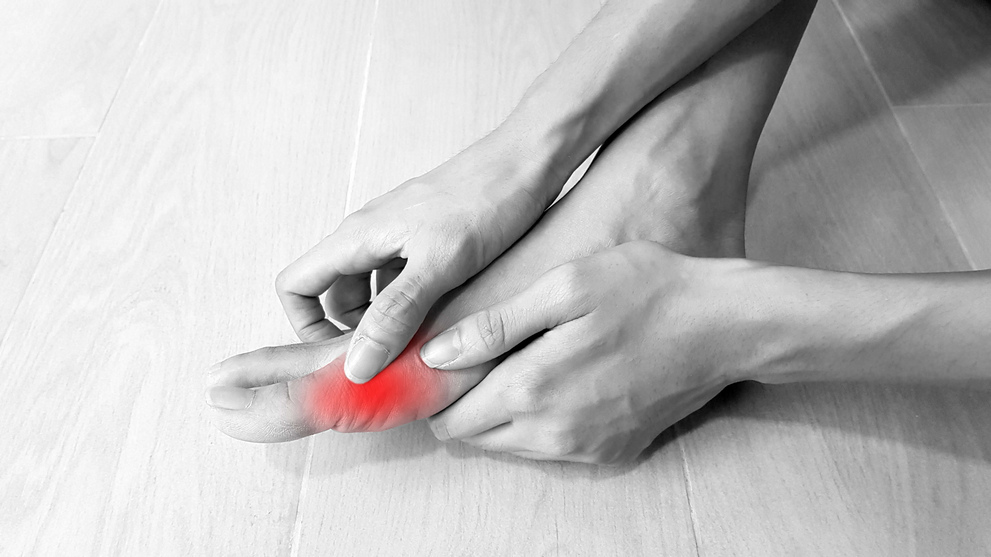Dual Energy CT
One exam, two data sets
Finetune your imaging to specific
patient needs
Now you can assess material decomposition with different attenuation properties during the same examination – with our Dual Energy CT (DECT) cutting-edge technology. By setting two different kV energy levels with 80kV and 140kV you’ll obtain two data sets in every CT slice – for detailed clinical information on different substances simultaneously.
Individual settings, quantitative data and better diagnoses – with Dual Energy CT
Individual settings, quantitative data and better diagnoses – with Dual Energy CT
Decompose a mix of similar materials into singular substances
The various elements inside the human body differ in their radiodensity and thus show different CT numbers. Yet certain substances – though different in their nature – have a comparable Hounsfield unit and look the same or very similar on the CT image. For example, it can be challenging to differentiate hard bones from metal implants or contrast agents. Dual Energy CT solves this problem by obtaining an additional attenuation measurement with a second scan on a different kV level – and decomposing a mixture of materials into their singular substances.


Detect and quantify the signs of gout with uncertainty
The projection image of FBP gets reconstructed various times with different models. The physical component helps to keep image textures natural by processing it through specific frequencies. The object model clears images by reducing X-ray noise. And the statistical model reduces artefacts. Combined, this Vision Model delivers clear, noise-free images even at low-dose levels.
Differentiate between renal stone types for the right treatment
Uric and non-uric acid kidney stones are difficult to distinguish with a normal CT as their attenuation properties are similar. With Dual Energy CT, you can highlight certain substances in the material composition – enabling you to determine which type and plan appropriate treatment. Furthermore, you can apply the same principle to differentiate between renal cysts and masses; and obtain additional information about fat, hemorrhage or calcification.


Reduce metal artefacts from orthopedics implants
Metallic prostheses like joint replacements can compromise conventional CT scans and often cause deteriorated image quality, with streaks and smears. With Dual Energy CT, you can remove these artefacts from the image very efficiently. And if you want to go further, why not combine it with our dedicated metal artefact reduction technology HiMAR Plus to deliver the highest image quality – despite metal implants.

